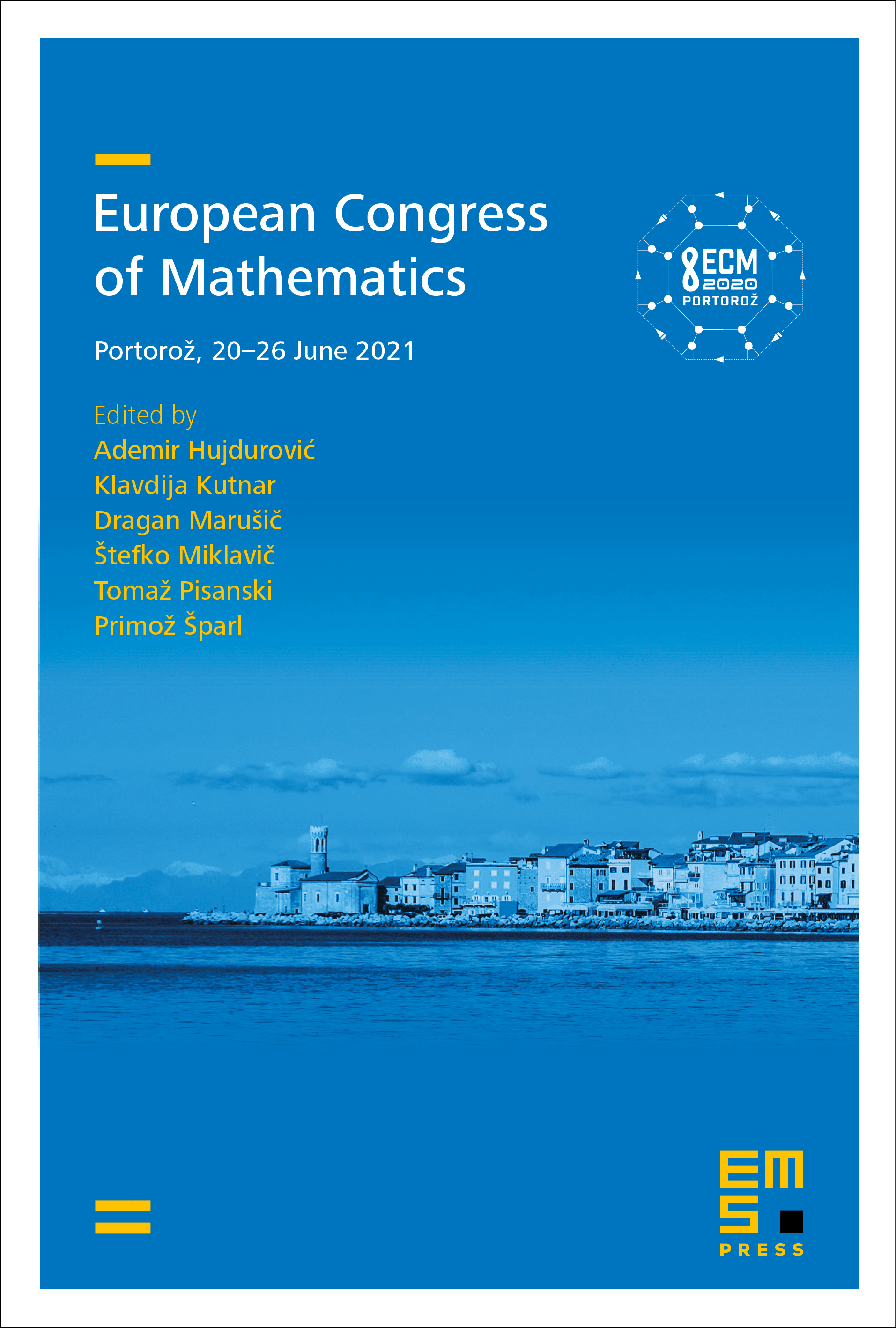Detecting arrays for effects of single factors
Charles J. Colbourn
Arizona State University, Tempe, United States of AmericaViolet R. Syrotiuk
Arizona State University, Tempe, United States of America

This book chapter is published open access.
Abstract
Determining correctness and performance for complex engineered systems necessitates testing the system to determine how its behavior is impacted by factors and interactions among them. Of particular concern is to determine which settings of single factors (main effects) impact the behavior significantly. Detecting arrays for main effects are test suites that ensure that the impact of each main effect is witnessed even in the presence of or fewer other significant main effects. Separation in detecting arrays dictates the presence of at least a specified number of such witnesses. A new parameter, corroboration, enables the fusion of levels while maintaining the presence of witnesses. Detecting arrays for main effects, having various values for the separation and corroboration, are constructed using error-correcting codes and separating hash families. The techniques are shown to yield explicit constructions with few tests for large numbers of factors.